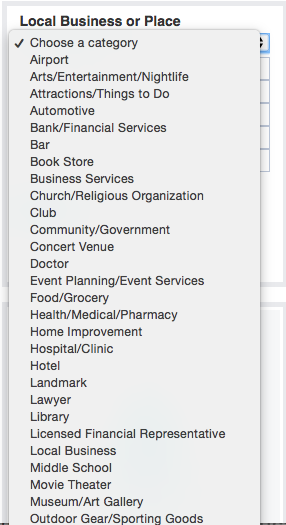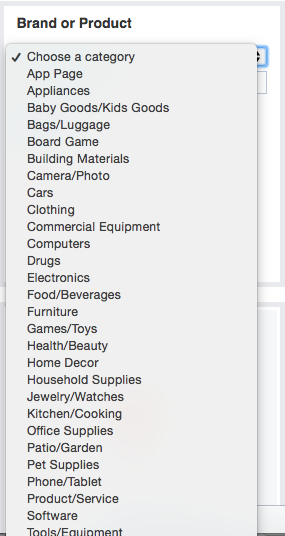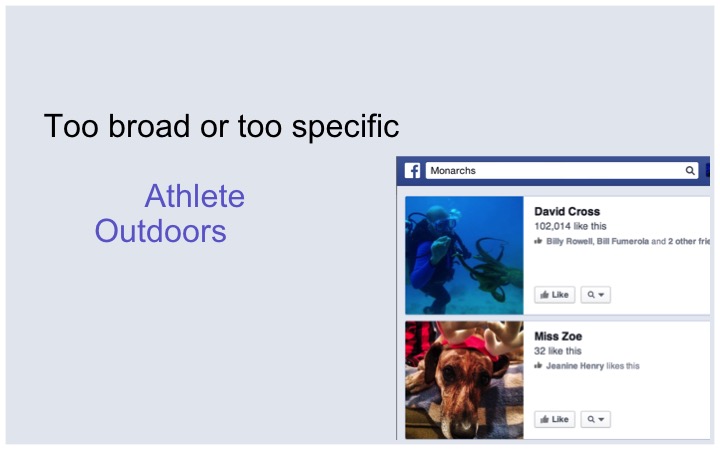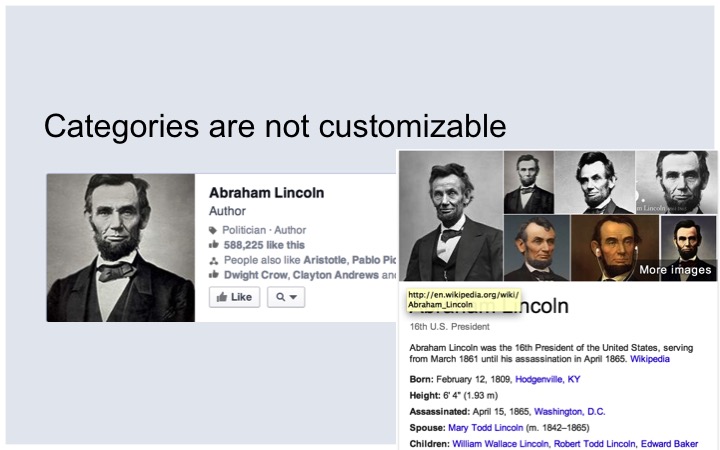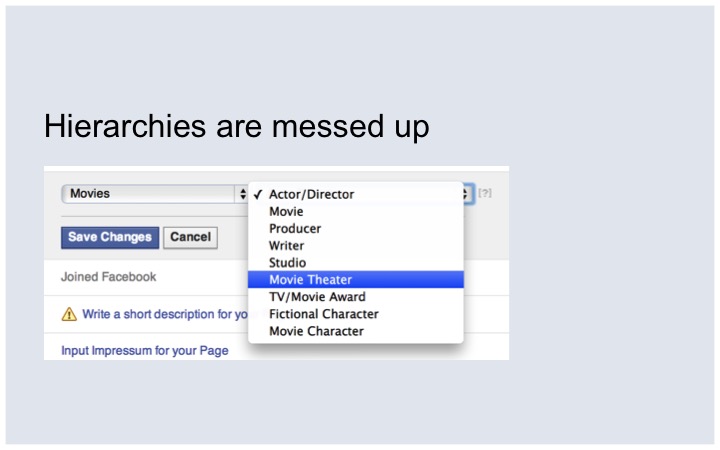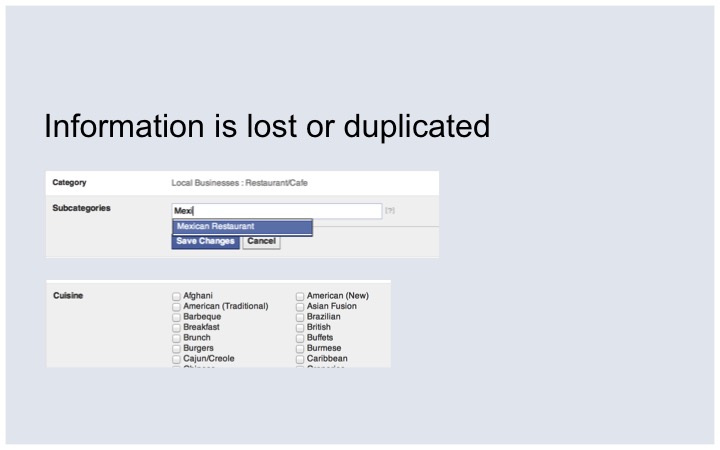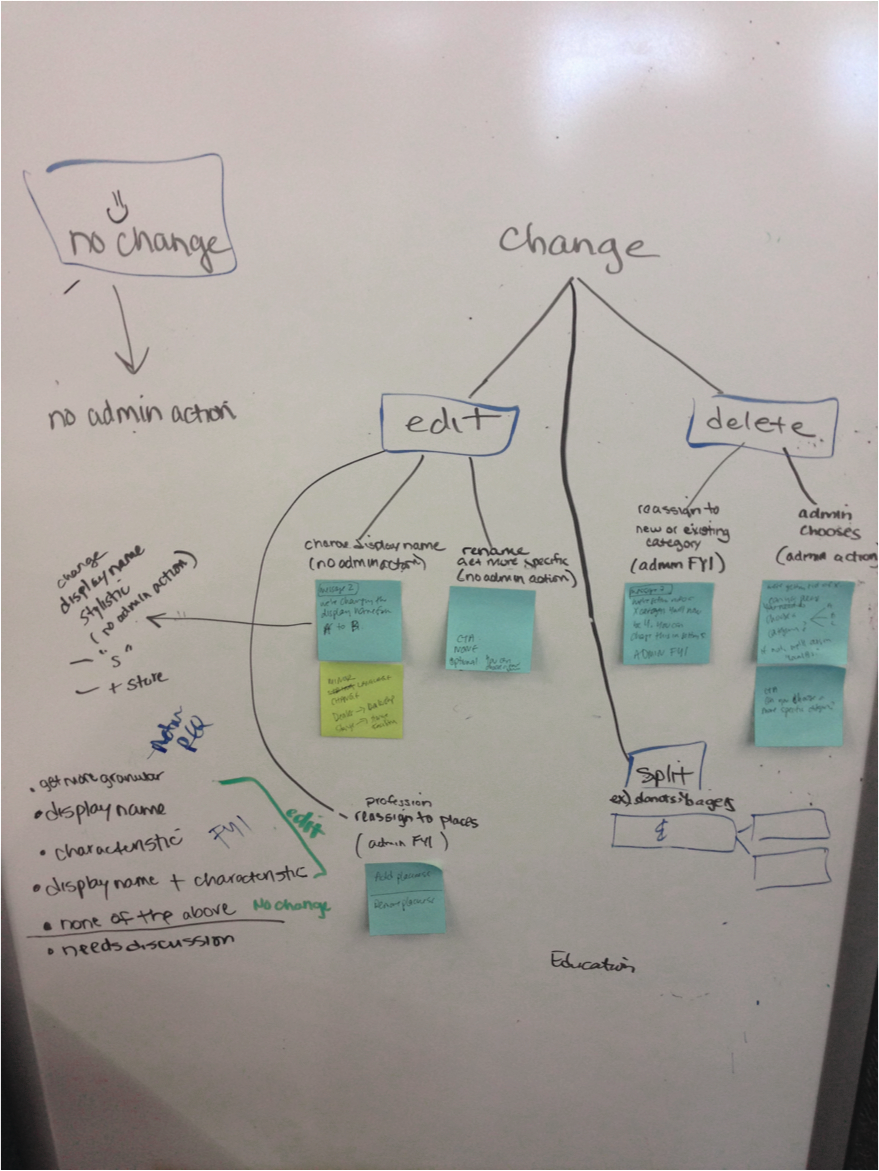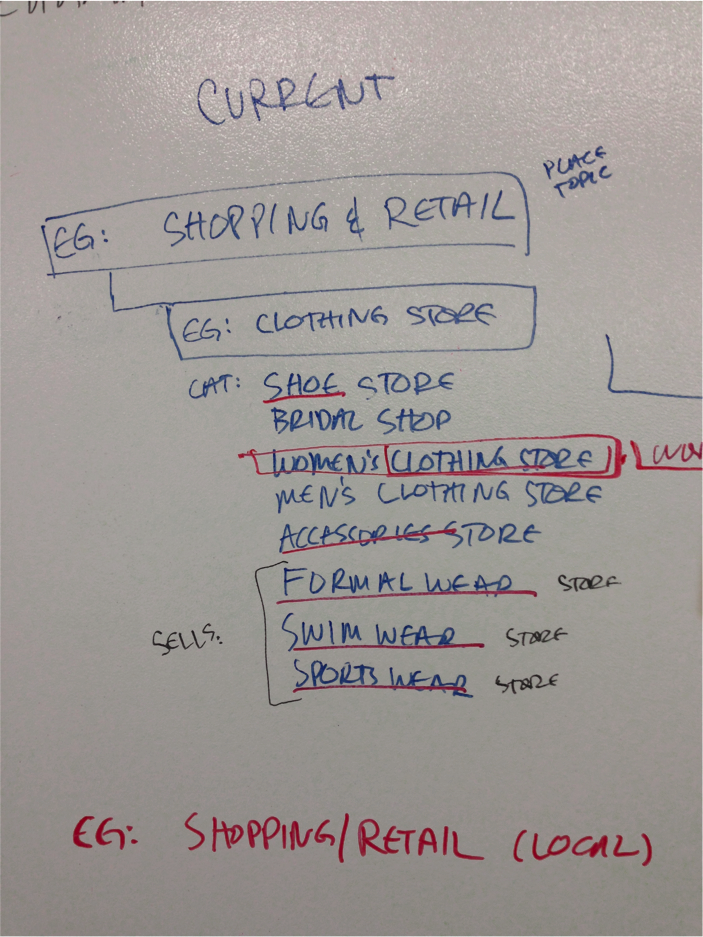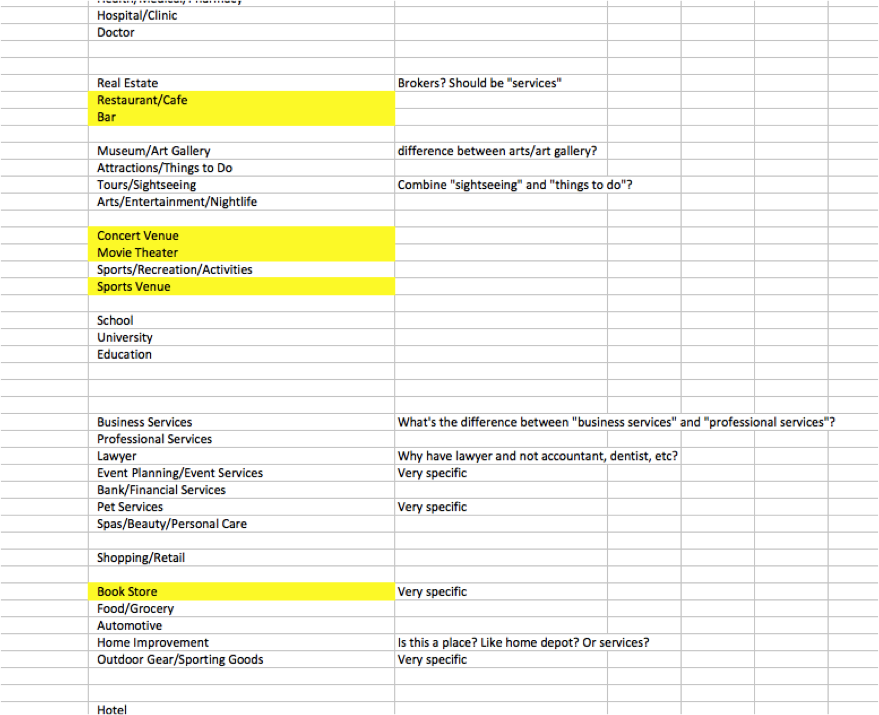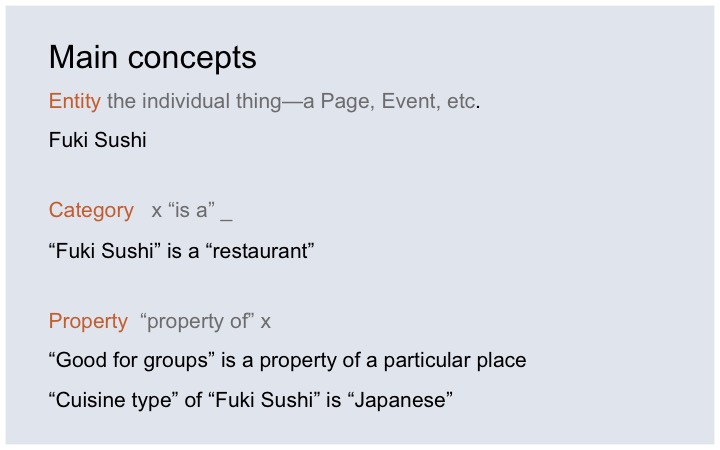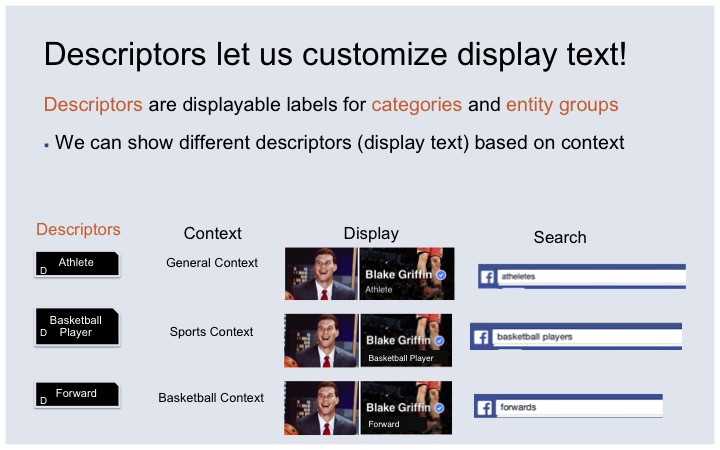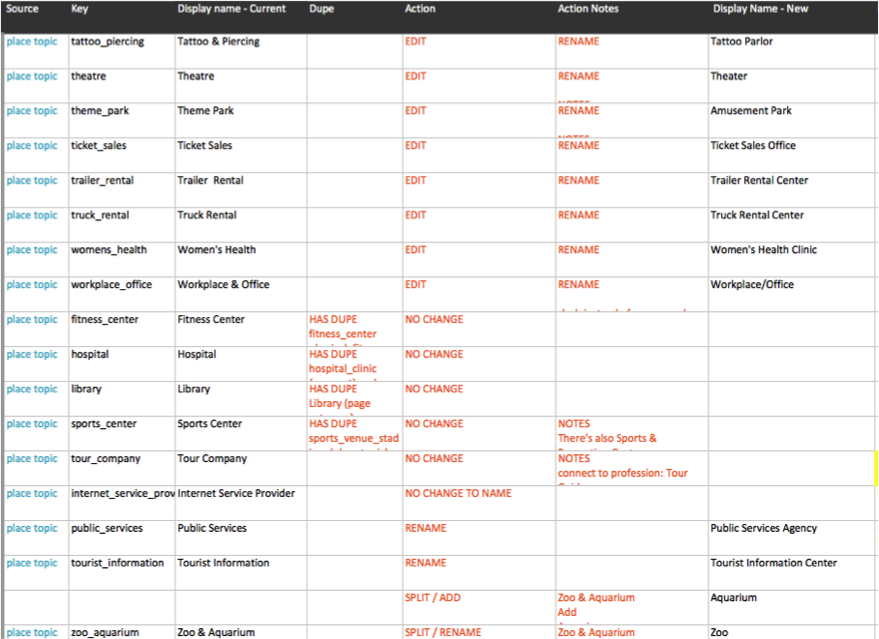Current Facebook Pages create flow
Problem
Categories are messed up
During my interview for Facebook, I was asked to propose ideas for improving Page creation flow. This part of the UI hadn't been updated in years, and it showed. The dropdowns felt really long, and they didn't show the most useful categories. There was also a lot of overlap between different concepts: For example, how are business owners supposed to know if they're a "local business" or a "company"?
I saw that the taxonomy had major issues, and that any design improvements would have to take that into account.
proposal
The taxonomy problem kept nagging at me. As the content strategist for Facebook Pages, I decided to see what I could do to to improve the create flow. My hypothesis: Making the taxonomy simpler would improve the user experience for admins, and it would help make their Pages more findable.
Making a business case
Overhauling categories was a big undertaking with a lot of technical complexity. No one I talked to was keen to start from scratch.
So to better understand the issues and define the problem, I:
- Conducted a content audit of categories used on Facebook
- Studied schema.org and other taxonomy systems
- Met with engineers, product managers, and other stakeholders to hear their ideas on improving categories
Based on this, I summarized the issues in a presentation and shopped it around until I found an engineering team that I could partner with. We called the project "CatKit."
PROCESS
Content modeling on whiteboards
We started by trying to define the project goals and requirements. This involved a lot of worksessions, whiteboard diagrams, and post-its.
Card sorting and grouping by type
I then gathered up all the different categories used on Facebook. The spreadsheet felt unwieldy, so I printed out all the categories on cards and tried organizing them into groups. It was fun, but it only got us so far—there were too many to deal with.
Recommendation
A way to manage categories
Working with a taxonomist and a team of engineers, I made recommendations to improve the taxonomy (well, technically it was an "ontology"). This involved:
- Defining the types of relationships between all concepts
- Choosing the user-facing display name
- Creating a new version of the category content management system.
Outcome
After months of analysis and content modeling (and countless hours staring at spreadsheets), we:
- Created groups based on schema.org Organized categories by type. For example, places (Clinic), professions (Doctor), and high-level topics (Health/Medical)
- Defined naming conventions Standardized and introduced consistent naming
- Removed duplicates Identified redundant concepts
- Created a migration plan Documented what to rename, delete, split—and how this maps to the current system
Alas, the improved categories aren't on the site yet
At the end of the project, I delivered a spreadsheet outlining the proposed categories and migration plan. While I felt really good about where we landed, it's quite complicated to implement these types of changes, and as of today our recommendations aren't up on the site. Who knows, maybe they'll get to it one day!
FACEBOOK PAGES TAXONOMY
CHALLENGE
Make it easier for people to create a Facebook page and choose the right category for their business or organization.
SOLUTION
I led the effort to propose a new taxonomy for Facebook Pages.
HOW I HELPED
- Made a business case for improving category taxonomy
- Led taxonomy redesign effort: conducted content audit and hired a taxonomy expert for the project
- Shared comprehensive taxonomy proposal with engineering teams
Team: Facebook


